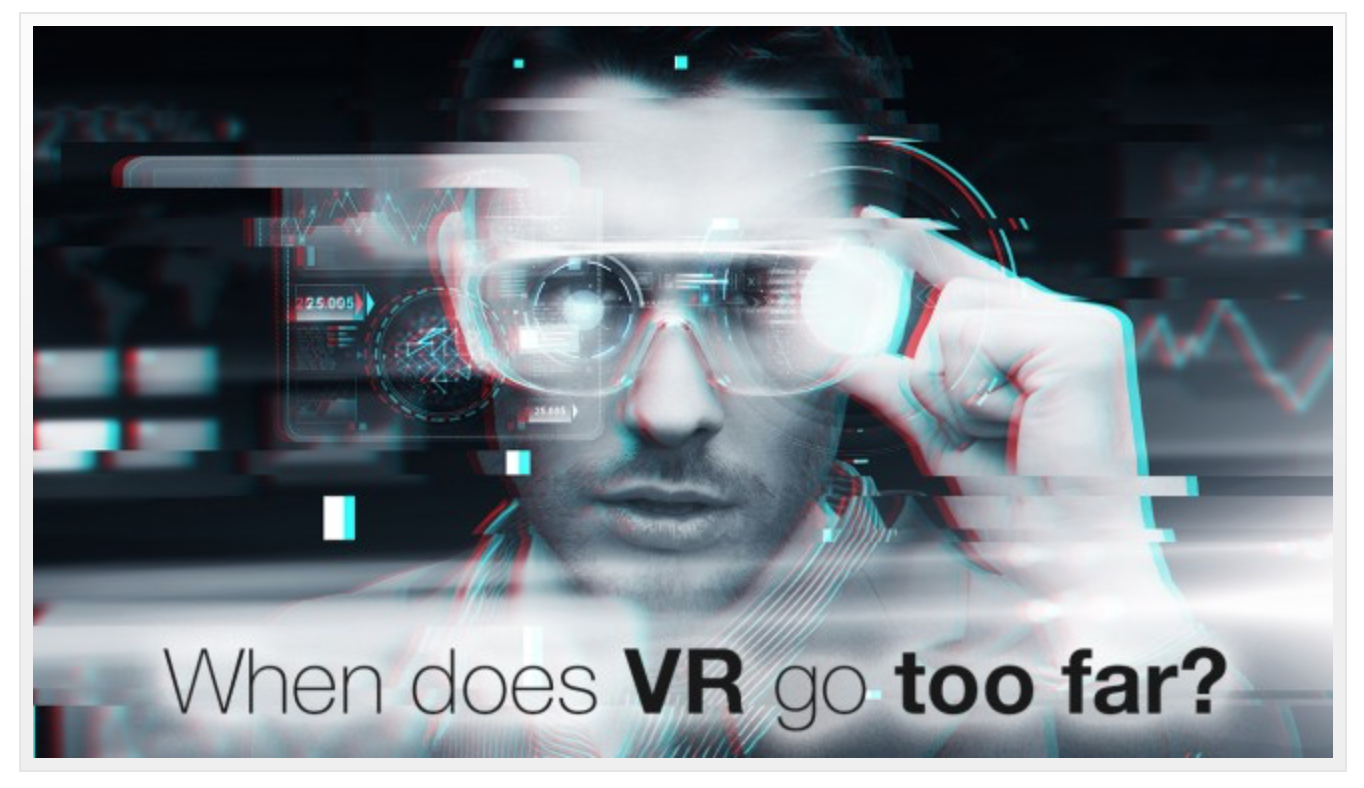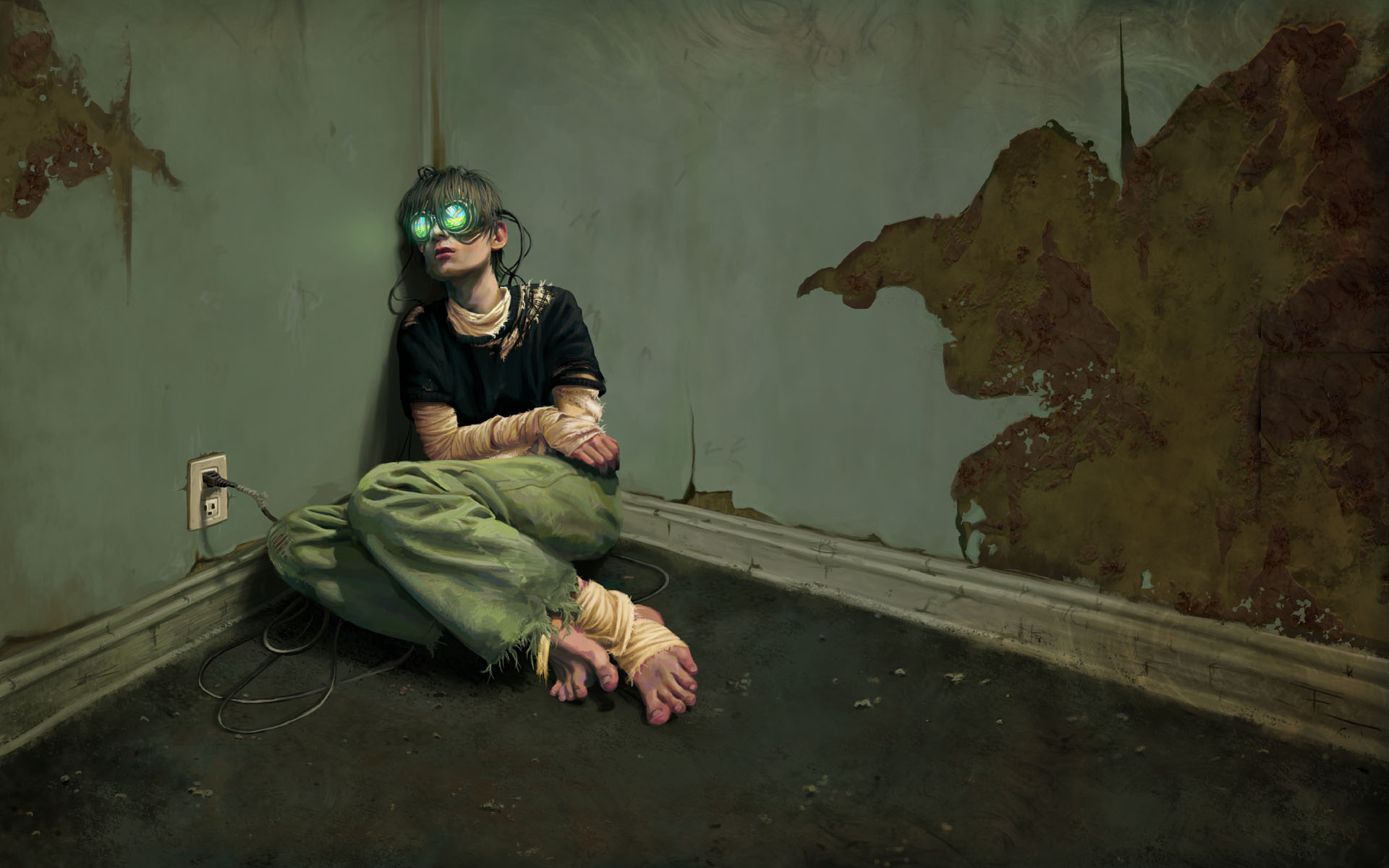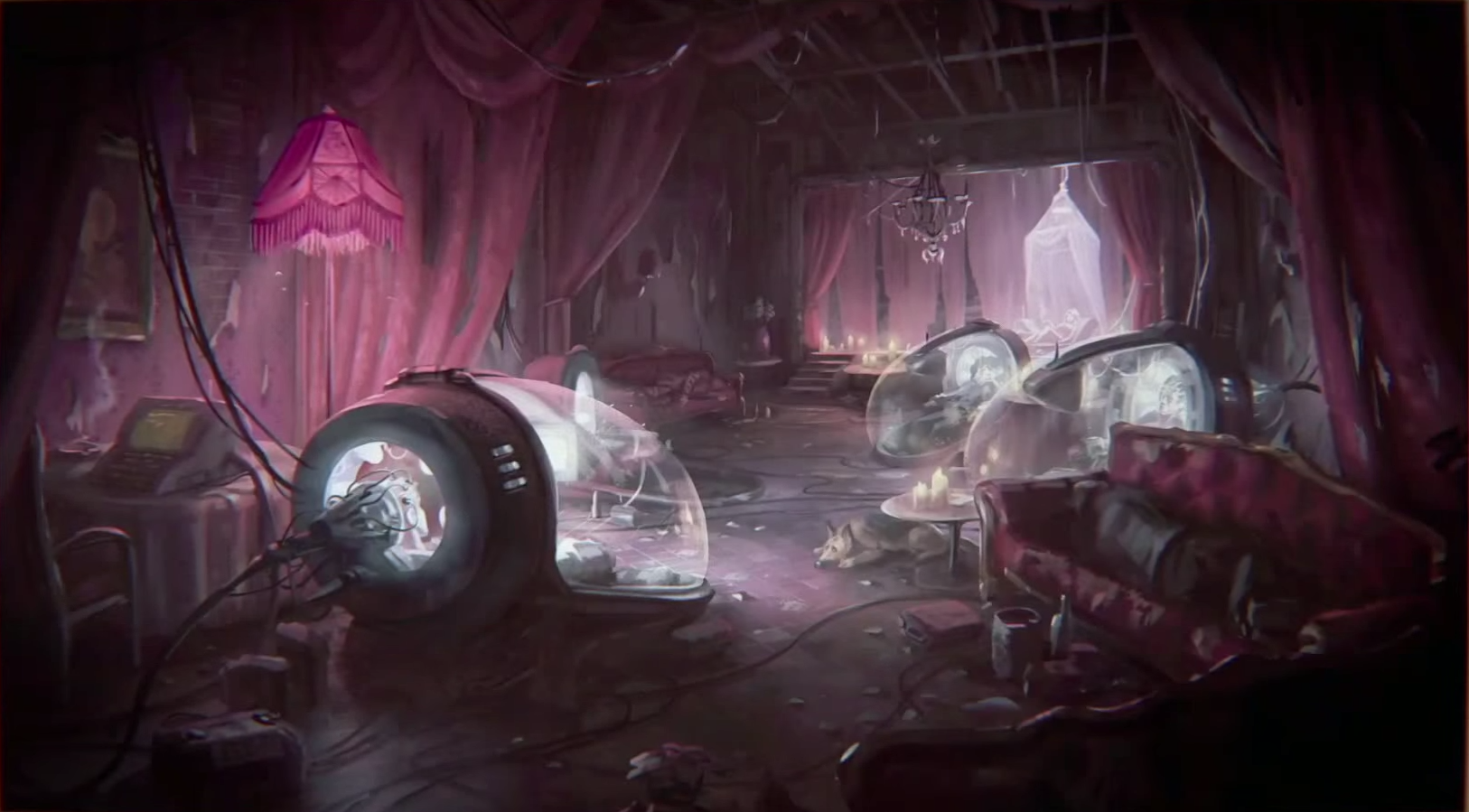When virtual reality goes too far

With the progress of ultra-realistic 3D graphics in real-time, virtual reality technology is capable of generating an ever more impressive visuals. But, as they say, with great power comes great responsibility. Where is the line between learning and entertainment, and what is on the other side of ethics?

')
Tourism disasters
Disaster tourism is a trip to a region that has suffered from a natural or man-made disaster in order to satisfy curiosity. One recent example: bus tours organized in the suburbs of New Orleans devastated by Hurricane Katrina. And thanks to the development of VR, the term “catastrophe tourism” has become more relevant than ever, because people can “travel” to disaster sites without leaving the comfort of their homes.
VR can take us on amazing, and even magical trips to beautiful places on earth and in space, from the ISS to the voyage to the organs and vessels of the human body. But at the same time, nothing prevents you from going to war-torn zones, and even concentration camps.
Witness: Auschwitz (Witness: Auschwitz) is a virtual copy of the most famous concentration camp. I was not able to visit GamesCom this fall, instead I happened to stumble upon a description and a trailer, which prompted me to write this article.
About 10 years ago, while visiting my girlfriend in New Orleans, I happened to be on the outskirts of one of the neighborhoods most affected by the hurricane. Passing along the ruined street, we saw a bus with tourists taking pictures of the surroundings, the house of a friend and us. It was some kind of surrealism, and there was the same feeling as when watching the Witness: Auschwitz trailer.

There are two opinions on the tourism of catastrophes. Some people see this as an opportunity to educate visitors, to inform them so that they feel a connection with the world and other people, to rethink their own lives. Others consider it as earnings on someone else's grief and death.
This can be seen as philosophical extremes, but in practice we discuss little about why someone would like to receive such content, but talk more about how we all gain (or lose) something from the consumption of this content.
For example, in the case of Katrina, representatives of the engineering troops reported that the flow of tourists interfered with the movement of technology, clearing debris. On the other hand, thanks to this information, someone contributed to the restoration of the destroyed areas.
But if we talk about such historical events as the Holocaust, the facts related to them are very widely documented and illustrated in countless books, films, websites, and so on. What benefits will VR products bring (we don’t dare call them “games”) like Witness: Auschwitz? Does this contribute to a more effective study of historical realities? Is this the epitome of the voyeur nature of disaster tourism? Does this increase the empathy of the audience compared to other forms of representation, helping to actively resist modern prejudice?

According to one of the creators of Auschwitz, Daniel Azar, in an interview, their goal was educational work, because “There are not enough books, there are not enough films — you have to be there, and virtual reality will help in this. (...) We will give you the opportunity to live in Auschwitz, so that you get your own experience, and not just read books and watch photos. This is too different from our life experience to have only one imagination. ”
It is rather strange to talk about getting some experience. In the place where 1.1 million of the 1.3 million prisoners were killed, death is virtually absent in virtual reality. According to Azara, the development team decided that such events are “not so important to be shown in virtual reality, because you already know about them from the movies.”
According to him, their product focuses on everyday existence with the reconstruction of characteristic details, such as the presence of soap holders in showers and lack of water <we are talking about gas chambers made in the form of showers, so as not to cause panic - approx. lt.> The theme of death is touched on in passing, when the viewer participates in digging mass graves or hears cries from the camp crematorium, muffled by the roar of a motorcycle engine.
This scene is in some way a metaphor for all disaster tourism. It seems to you that you have felt this place, but the truth of the place - in the absence of a better word - is muffled.

VR, trauma, susceptibility, insensitivity and disaster tourism
When 10 years ago the bus passed by, and the tourists took pictures of us, we could not get rid of the feeling that I was contributing to the artificial point of view on the consequences of the hurricane. Not living in New Orleans, not having experienced the strength of Katrina, as, indeed, my friend (she moved there shortly before my arrival). But at the same time, we were already a part of the picture captured in the heads of these people and in their Facebook feeds “What happened in New Orleans” in 2005.
And when I looked at the trailer, I had the same feeling. The exclusion of death from the virtual experience of life in a concentration camp is the same as forgetting people affected by a hurricane and looking only at destruction. You miss the most important thing. And this causes a lot of new problems.
If the producers made the death part of the virtual experience, it could be too traumatic. Surely they had fears that such a realistic reproduction could cause mental trauma, from which users can not get rid of long after they return to the real world. Not to mention that experiencing such an experience can make people less sensitive.

In addition to the problem of historical accuracy, there is the problem of susceptibility and respect for people who have really experienced such events. I must say that the authors of Witness: Auschwitz paid much attention to collecting facts and memories of the former inhabitants of Auschwitz, and the experience of staying in a concentration camp reflected in the product was officially approved by the Association of Italian Jewish Communities (101 Percent developer company is located in Italy) . It’s not for me to judge how “right” or “wrong” it is, but it is important to note that not every development company can thus approach the filing of the history of the disaster (although it should).
There is a problem of age. We can assume that Witness: Auschwitz is formally suitable for an audience of 7 to 99 years, but such a spectacle can hardly be called suitable for seven-year-olds.
What can developers do to solve all these potential problems?
Apply yesterday's journalistic ethics to tomorrow's digital products.
I remember an interview with Francesca Panetta from The Guardian, in which they asked her opinion about ethics in VR, and she very correctly indicated that journalists already have clear ideas about ethics, and if you apply their VR as strictly, then everything will be in order .

On the other hand, VR can have a much stronger influence on the audience, as the differences between the virtual and real worlds diminish. For example, people chopping virtual trees may be more careful with paper products. And when Clouds Over Sidra was shown at a charity conference in Kuwait, donations were able to collect almost twice the projected amount (only $ 3.8 billion). Virtual experience can help us become better - if applied correctly.
And what makes one use of VR “right” and the other “wrong”? Unfortunately, I do not know the answer - if at all you can give one answer at all. But I asked this question to many creators of VR content, and the best answer for me was given to Catherine Allen, who produced the first BBC VR product - Easter Rising: Voice of a Rebel.
“I think experienced journalists know what they are doing and will approach virtual reality with honor.” The only difference is that our mind is pushed to the question: if I had experienced it in real life — for example, I would have taken my niece to Sudan — how would I help her easier to survive all this? How could I manage her expectations, what would I have warned in advance? This is already going from ordinary intelligence to emotional intelligence. ”
This answer reminded me of the principle I was taught in the school of journalism: to write as if your readers have only a secondary education. Perhaps we need to apply the same principle to VR products. If virtual reality can influence the emotions of users more than traditional media, it may be necessary to build a virtual experience based on the average level of emotional maturity. In the example, Catherine is based on her niece at the age of adolescence.

“The main difference between VR is that it is a mediator in the simulation, not in the presentation,” says Allen. “We’ll rather remember virtual reality or a 360-degree video as something we did rather than see. Such memories are stronger, and an unpleasant VR experience is harder to forget. You are more involved in what is happening - for example, by shooting someone in virtuality, rather than watching someone do it in a film. We need to remember that you are creating something that can affect the audience’s perception of their own being. ”
Journalists constantly draw boundaries between what people should see, what they need to be warned about before they see it (“The article contains materials ...”) and what they should not see because it’s too traumatic. for them or not respectful of the subject matter - just as Francesca said. The question is, will these boundaries for VR differ from regular photos or videos?
To determine the answer, I think it is important to weigh the price and the benefits of each experience. What do we all get from products like Witness: Auschwitz? And what will we lose?
And if suddenly Witness: Auschwitz turns out to be popular, I think we will need to ask ourselves another question: why do people want to survive the Holocaust?
Whether they come as insensitive observers or empathic travelers It seems there are more questions than answers.

Source: https://habr.com/ru/post/341242/
All Articles